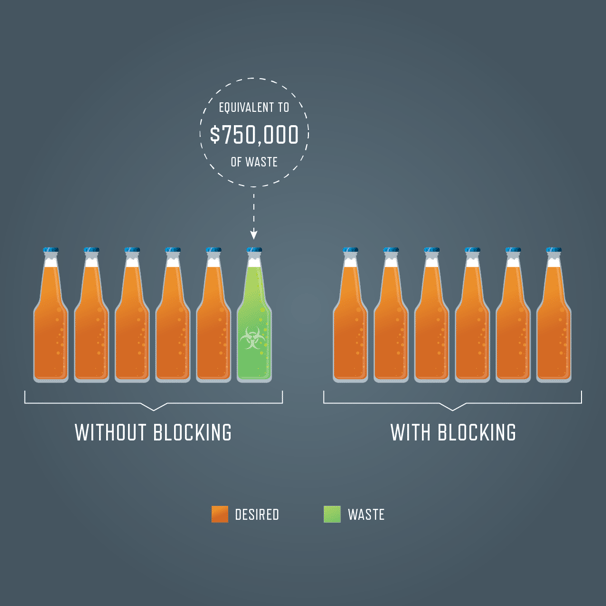Adventurous beer lovers often purchase variety packs of beer to experiment with something new. Have you ever purchased one to discover you were pleasantly surprised with what you found? It’s possible that you’ll enjoy every beer you try but more likely than not, you’ll gravitate towards some and learn to avoid others. Imagine doing this on a larger scale and buying hundreds of thousands of bottles of beer blindly. Afterwards, you realize that you hate 20-50%. What do you do? Wasting money on beer that has no value to you is painful to swallow.
It’s the same story with media quality: attempting to convey brand messaging without verifying the media quality can be a very expensive mistake. Without the right safeguards in place, you could end up spending a great deal of ad dollars on watered down, run-of-the-mill ad placements. There are three approaches to evaluating the financial impact of media valuation: savings experienced through reallocation of spend, the reduction of effective spend, and the protection of brand equity.
Reallocation of spend
When advertisers leverage technology to prevent their ads from being served on undesirable media – like ad blocking – then that spend can be reallocated to more desirable media. On average, brands using ad blocking technology see 15% of their ad spend reinvested elsewhere – where they have a better opportunity of driving real business results. Of a $5M budget, that results in $750K in savings.
That’s a lot of beer.
Reduction of effective spend
Now let’s evaluate the financial ramifications of media quality in terms of effective spend. Effective spend is typically calculated by dividing the CPM by the rate of desirability. If a brand achieves 50% viewability on a campaign with an average CPM of $4.00, the effective viewable CPM in this case is $8.00, because instead of paying $4.00 for every 1,000 impressions, the client paid $4.00 for every 500 viewable impressions. The priority should be to optimize your eCPM, and there are two possible methods: blocking and partner advisory.
Blocking for brand safety is the most efficient method, as it yields a desirability rate of 100%. Viewable eCPM, on the other hand, will always differ simply because every ad would have to be in view in order to have a desirability rate of 100%. In cases of viewability, using the second approach allows for constant feedback to publishers to help them improve the quality of their inventory. If this change takes effect, the desirability rate increases and the advertiser will see its effective spend reduced.
Protection of brand equity
Lastly, mitigating risk and protecting a brand’s equity is practically immeasurable. Leveraging technology to protect against harmful environments not only saves the brand’s image, but also saves them from legal implications, negative publicity, and harmful brand associations. For example, a beer company surely wants to avoid advertising next to an article about the prevalence of underage drinking! Solutions put in place to prevent this – like blocking ads from being served – will act as an insurance policy for those brands.
Taking action to ensure media quality will not only help you make informed decisions, but it will also help improve the effectiveness of your buys and cut down on the amount of waste. That little bit of added effort will help you avoid paying for impressions that do not meet your standards or goals.
Hold your media quality to a higher standard. It just makes financial sense.
Cheers.
 Share on LinkedIn
Share on LinkedIn Share on X
Share on X


